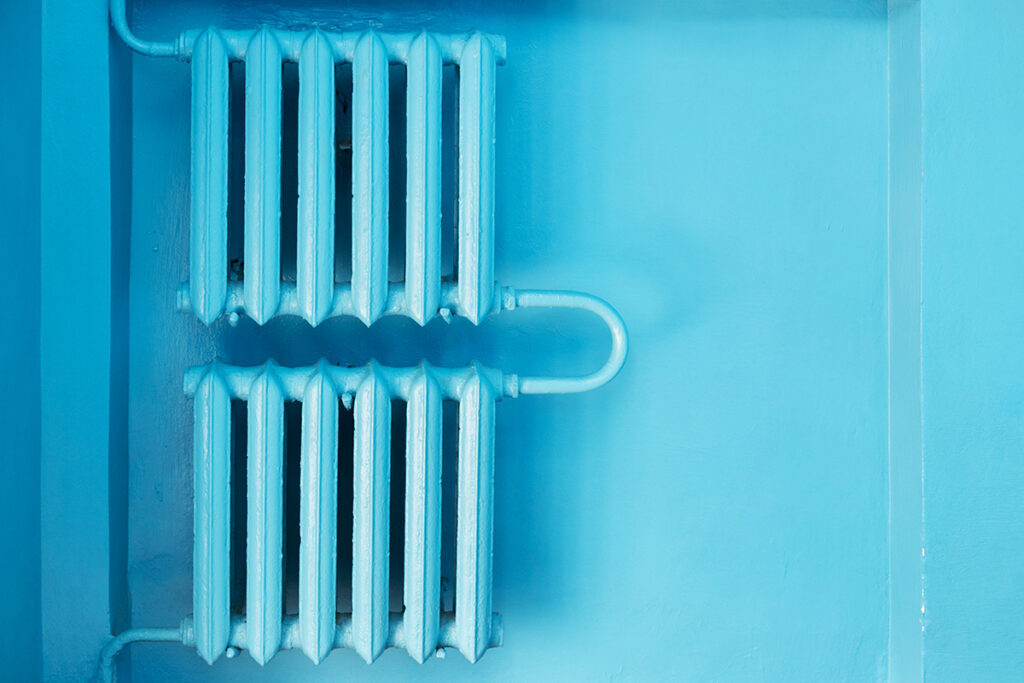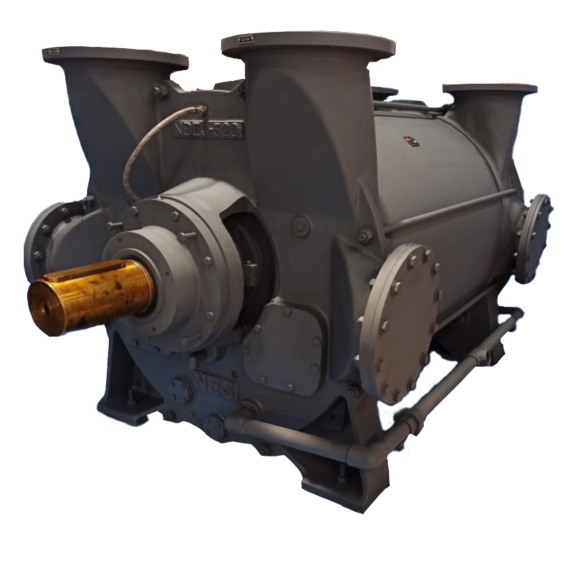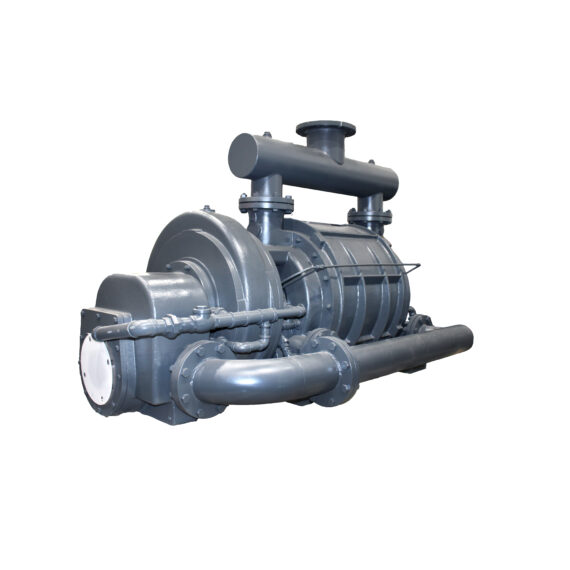
Liquid Ring Vacuum Pumps For Steam Condensate Systems
Steam condensate systems have been in heating systems for large buildings for hundreds of years. Liquid ring vacuum pumps have been included in these systems for nearly the same amount of years.
In these systems, a boiler sends superheated steam through a parallel circuit of radiators throughout the building before ending up in a condensing area. The condenser is held at sub-atmospheric pressure to draw the high-pressure steam towards it (Boyle’s law). In the low-pressure environment, the steam quickly condenses due to the increase in mean free path that the steam molecules experience in the absence of atmospheric air molecules.
This absence means that the steam has more room to exert its energy through mechanical means, condensing to a lower state of energy through a phase shift. When including the cooling water circulating through the condenser, the steam quickly phases back into water. Inside of this condensate system is a vacuum pump that creates the vacuum state within the condenser.
Without the vacuum pump, the steam would not tend towards the condenser as quickly because of the decrease in pressure differential, and the steam may condense on the radiators as a result, causing oxidation of radiator material in the long-term which will subsequently result in fracturing of said material, leaking of superheated steam, and severe burns to whoever is unfortunate enough to be near the radiator at that time. To avoid injury and increased cost of construction, as well as to increase thermal efficiency of the radiation system, the condenser needs the vacuum pump.
View our Products
Applications of Liquid Ring Vacuum Pumps
For steam-related applications such as the steam condensate system, the liquid ring vacuum pump is one of the most ideal pumps to use in the condensing unit. When steam enters the pump, it is condensed into water by the liquid ring as it is expanded within the chambers of the pump. This condensation leaves empty space within each chamber, which draws more steam in. This newly drawn steam is quickly condensed, leaving even more room. This phenomenon happens in each chamber at each intake. With a pump that is capable of such rapid mass transfer, the pumping efficiency increases at a rapid pace. Steam and water interact negatively with oil lubrication, creating sludge that clogs many pumps to the point of failure. The liquid ring pump contains very little lubrication, and in the unlikely event that a considerable amount of sludge is formed with said lubrication, it can be easily passed through the pump without any considerable effect on the vacuum pressure that the pump is able to create.


